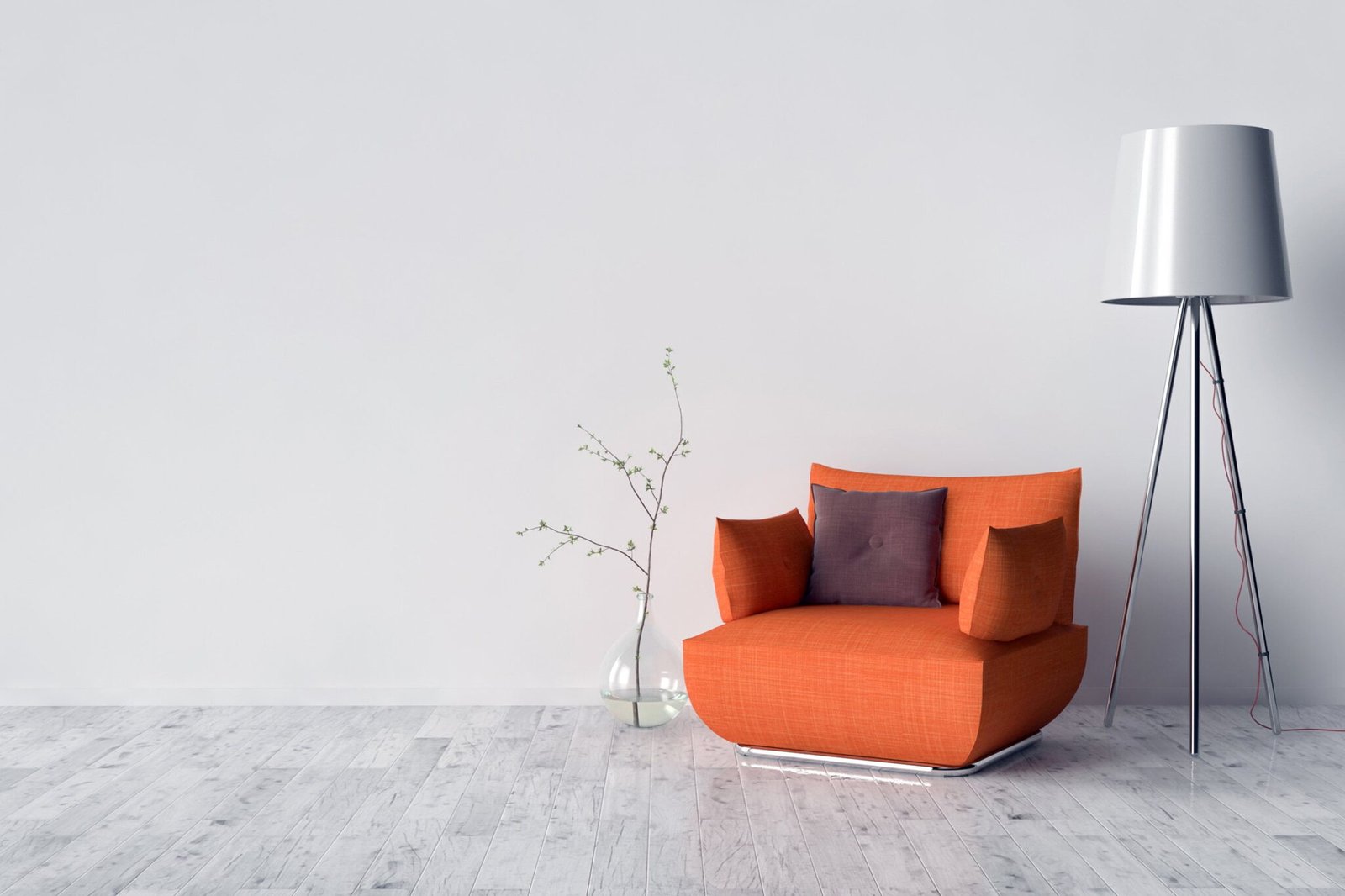Let me start by saying this—I’m not an interior designer. I’m just someone who got tired of clutter, chaos, and too much stuff. You know that feeling when your space is so full that you can’t even think straight? That was me. Until I discovered minimal design. Minimal Interior.
Now, I’m hooked. Minimal Interior.
Minimal interior design isn’t about having nothing. It’s about having just enough. Just what you need to feel calm, cozy, and clear-headed. So today, I’m sharing my very own minimal design ideas—simple, real, and totally doable, even if you’re on a budget or short on space.
Ready to simplify your space? Let’s go.
1. Start With One Room
I didn’t wake up one day and makeover my whole house. I started small. One room. For me, it was the bedroom. That’s where I needed peace the most. Minimal Interior.
My tip? Pick the room you use most—or the one that feels the most overwhelming.
Don’t try to do your whole house in one weekend. That’s how you burn out.
2. Clear Out the Clutter
This is step one every single time. Before you buy anything new, get rid of what you don’t need.
Here’s how I do it: Minimal Interior.
- I take everything out of the room.
- Then I only bring back what I use or love.
- If it’s broken, I toss it.
- If I haven’t touched it in months, I donate it.
It sounds simple, but it’s a game-changer. Once you clear the space, your mind feels lighter too.
3. Choose a Soft, Neutral Color Palette
One of the easiest ways to make a space feel calm? Stick to soft, neutral colors. I use white, beige, light gray, and sometimes a warm blush or sage green.
It makes everything feel fresh. Clean. Open. Minimal Interior.
I painted my walls a soft white with a hint of gray. It makes the room feel bigger. Brighter. And everything matches with it.
Pro Tip: If you want a pop of color, use it in a pillow or a throw. Keep your main stuff neutral, then add fun accents.
4. Furniture With a Purpose
When I went minimal, I realized I had way too much furniture. Stuff that looked nice, but didn’t actually do anything.
So here’s my rule now: if it doesn’t serve a purpose, it’s out.
What I keep:
- A comfy sofa
- A small coffee table (with storage inside)
- A TV console that hides all the cords
- A dining table that doubles as a work desk
Multifunctional furniture is a must. Especially if you’re in a small apartment like me.
5. Quality Over Quantity
In the past, I bought cheap stuff just to fill space. But now? I’d rather save up for one good item than buy five things that fall apart.
My favorite piece right now? A solid wood dining table I found second-hand. It was affordable, built to last, and fits the clean, simple look I love.
Minimal doesn’t mean boring. It just means intentional.
6. Keep Surfaces Clear
One thing I learned fast—clear surfaces = clear mind.
No more piles of paper on the kitchen counter. No random junk on the coffee table. I use baskets and drawers to hide things I need, and I keep visible surfaces clean.
The only things on my kitchen counter now?
- A wooden cutting board
- A ceramic jar with cooking tools
- A single plant
It looks peaceful. And guess what? It’s way easier to clean.
7. Add Texture, Not Stuff
Minimal design isn’t about making your space feel empty. It’s about making it feel calm. One trick I use is adding texture instead of more “stuff.”
Here’s what I mean:
- A chunky knit throw blanket
- A linen curtain that moves with the breeze
- A jute rug that feels soft but looks natural
These little details make a space feel warm, without adding clutter.
8. Use Lighting the Right Way
Good lighting can totally change a room.
I use soft, warm lights in my living room and bedroom. Harsh white lights? No, thank you.
What I love using:
- Floor lamps with warm bulbs
- A pendant light over the dining table
- Candles (unscented or gently scented ones)
- Natural light during the day—no heavy curtains here
Lighting is your secret weapon for setting the mood.
9. One Statement Piece Per Room
Every room needs one thing that makes you smile. Not ten things. Just one.
In my living room, it’s a large black-and-white art print above the couch. In my bedroom, it’s a vintage mirror I found at a thrift store.
Statement pieces work best when they have space to breathe. Too many, and they start competing.
10. Keep It Personal
Some people think minimal design means cold and lifeless. Not true.
Your space should still feel like you.
Here’s how I keep things personal:
- A small photo wall with black frames
- A stack of my favorite books on the shelf
- One ceramic mug I always reach for
I don’t need to display everything I own. Just a few pieces that matter most.
11. Plants. Yes, Always.
If you’ve read any of my other posts, you know I love plants. In minimal design, they bring life without clutter.
Start with low-maintenance ones:
- Snake plant
- ZZ plant
- Monstera
- Pothos
They look amazing in white or terra-cotta pots. And bonus: they clean the air.
I like putting one in every room. Instant calm.
12. Open Space Is Powerful
This was the hardest thing for me to learn: you don’t need to fill every corner.
Sometimes, space is the design.
A clear wall. An empty corner. A shelf with just one vase.
That’s what gives a room breathing room. It gives your eyes a place to rest.
Don’t be afraid of empty space. It’s not unfinished—it’s peaceful.
13. Be Honest With What You Need
Minimal living forces you to ask, “Do I really need this?”
Not in a stressful way. In a freeing way.
I used to buy stuff because it was on sale. Now I ask:
- Will I use it every week?
- Does it make my life better?
- Do I already have something that does the same job?
Most of the time, I realize—I don’t need it.
And that means more space. More savings. More calm.
14. Storage That Hides the Mess
We all have stuff we need. Cords. Chargers. Extra blankets. But no one wants to see that stuff all the time.
So I invested in closed storage:
- Baskets with lids
- A media console with doors
- A bench that opens up for shoe storage
Everything has a home. And nothing’s out in the open unless I want it to be.
15. Daily Reset Habit
Every night, I take 10 minutes to reset the space.
- Fluff the pillows
- Fold the blankets
- Wipe the counters
- Tuck away anything that’s out
It’s fast. It’s easy. And it makes waking up the next morning feel so good.
That’s the thing with minimal design—it’s not just about how your home looks. It’s how it feels to live in it.
Final Thoughts: Keep It Simple, Keep It You
Minimal design changed the way I live. Not just how my home looks, but how it makes me feel.
Now, I don’t feel weighed down by stuff. I don’t spend hours cleaning. I don’t panic when guests show up. And I don’t shop just for the sake of filling space.
Instead, I enjoy the space I’ve created. Every room feels light. Calm. Me.
And you can do it too.
Start small. Go room by room. Choose quality over quantity. Make space for peace. And most of all—make it personal.
Because minimal design isn’t about rules. It’s about freedom.
Thanks for reading. Got questions or want help starting your own minimal makeover? Drop me a comment—I’d love to hear from you.




